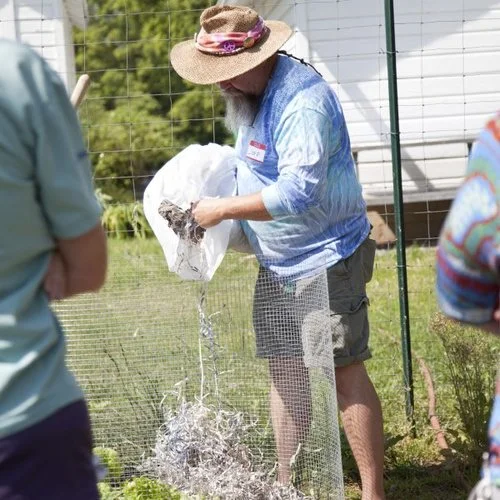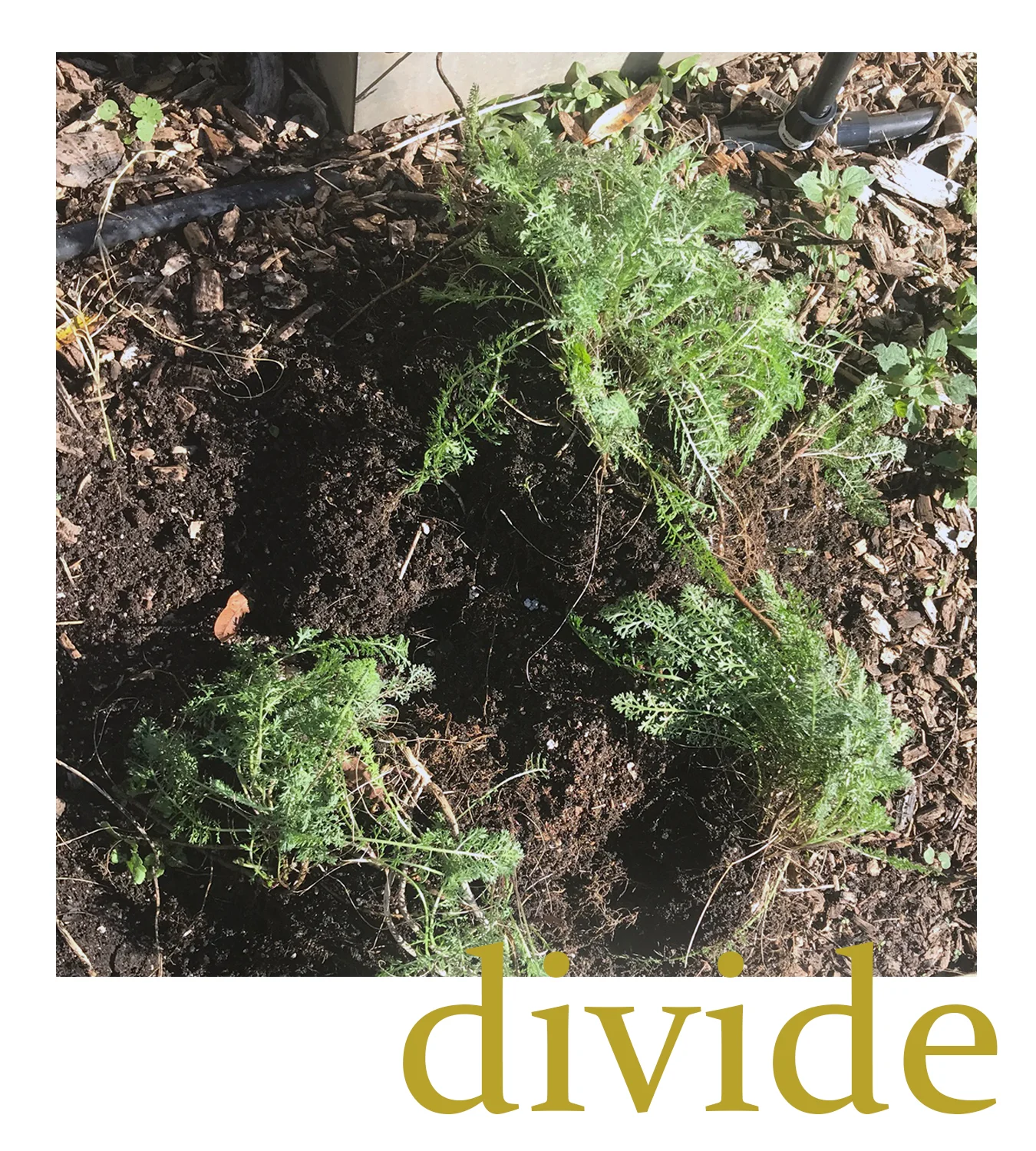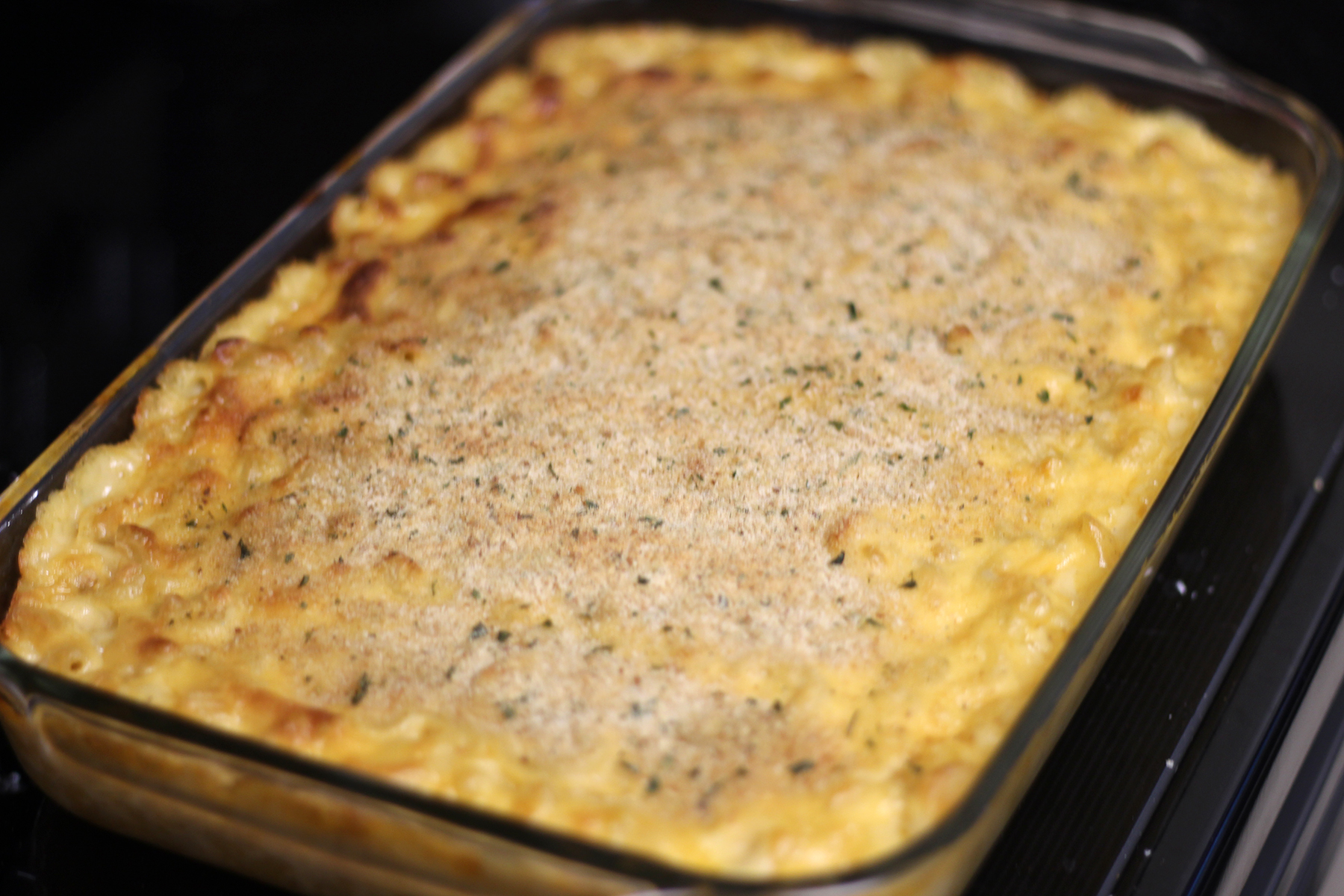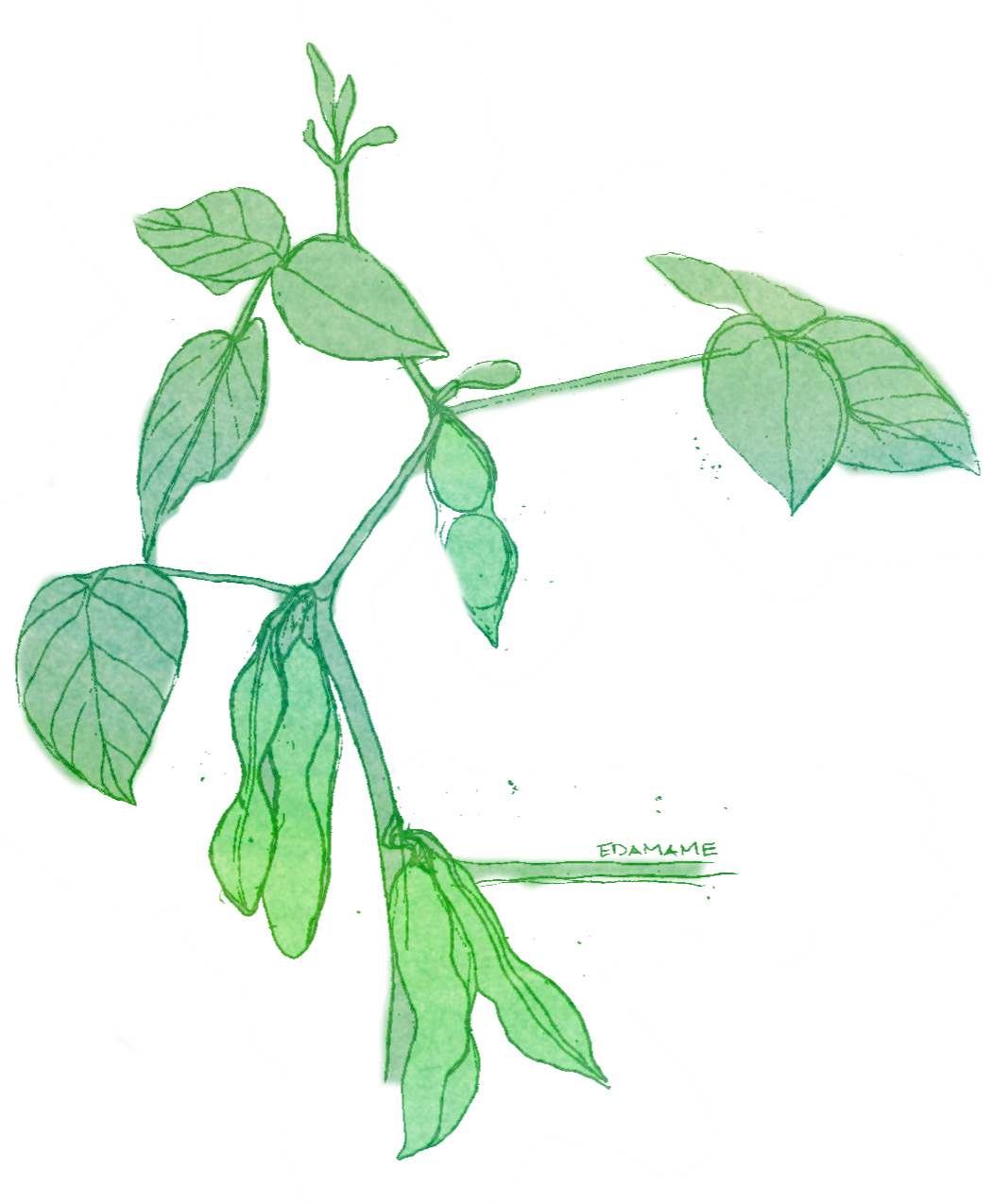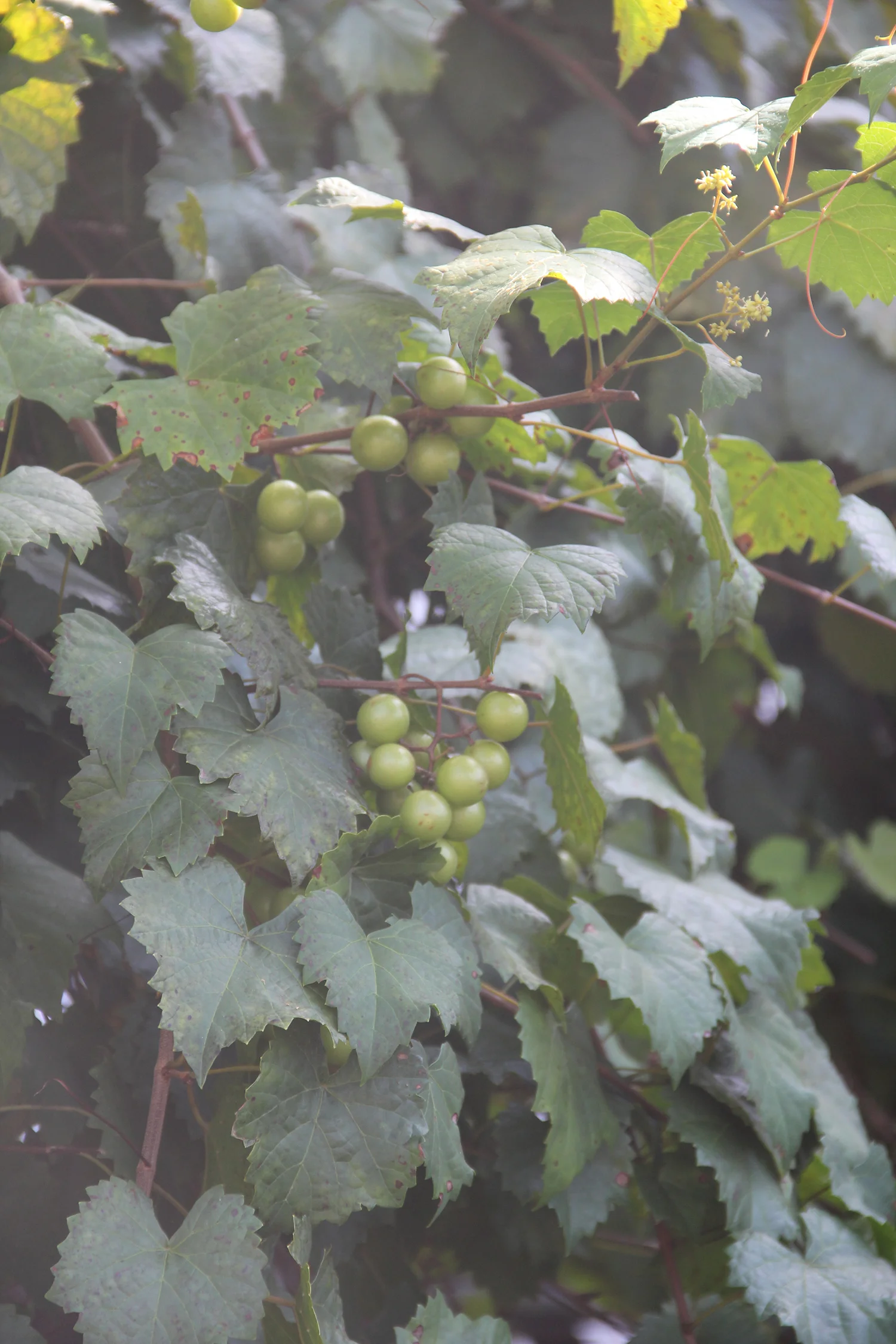Calcium is one of those things we don't usually talk about in terms of garden nutrients, right? I mean, you buy a bag of soil amendments and the big numbers are NPK, but what about the little guys? The minerals and micronutrients that feed soil health? I'm no soil scientist, I don't purport to be an expert, but I can recognize an improperly formed fruit when I see one. (Blossom end rot, anyone?) Funky lookin' fruits can be a sign of calcium deficiency.
Calcium is vital for sugar production in plants, it's part of what keeps your vegetables from being bitter.
To boost my soil with a bit of calcium I fill empty milk and dairy containers with water to rinse them, but instead of pouring the water down the drain I'll pour it on a garden bed. Working in homemade compost will add micro nutrients, and the addition of bone meal should add a little extra something, too.
We also have a plenitude of eggshells. After a Sunday of cooking snacks for the week ahead I generally have a small pan full.
Now, if you've ever thrown eggs in the compost bin you know they break down very slowly. When added directly to a garden bed they break down even more slowly, so they don't directly provide much calcium to your plants; something like soft rock phosphate is better suited for that.
This past winter I've been saving the shells from hard boiled eggs and grinding them up. I've also been taking the shells from other eggy exploits and sticking them in the oven to bake when I'm cooking dinner. My theory is to kill off unwanted bacteria and dry the shells out for storage. Next I grind them up in the food processor. In the end, I have something that looks like this:
The texture ranges from a fine dust to gritty bits that look like pulverized shells on the beach. If you want an even finer texture just process them a little longer. The powder will be more readily available to the plants and the larger grit will slowly break down and give the earthworms a healthy treat.
It's not revolutionary, but I get a little excited about free garden solutions. Do you save your eggshells? What's your favorite free soil amendment?



